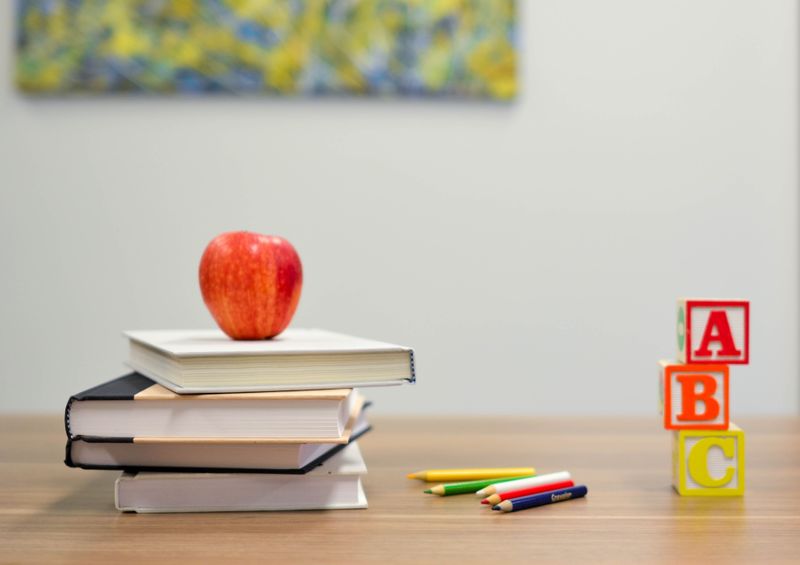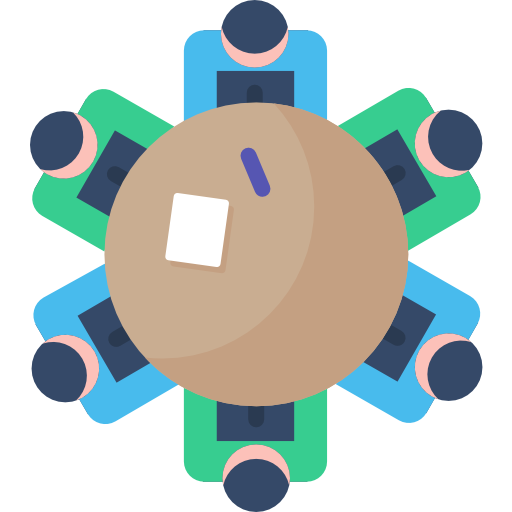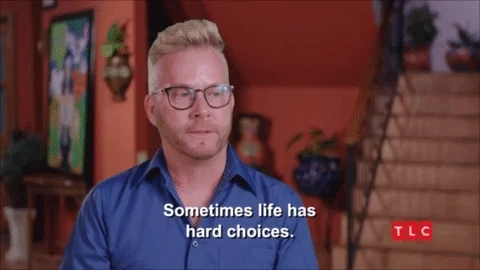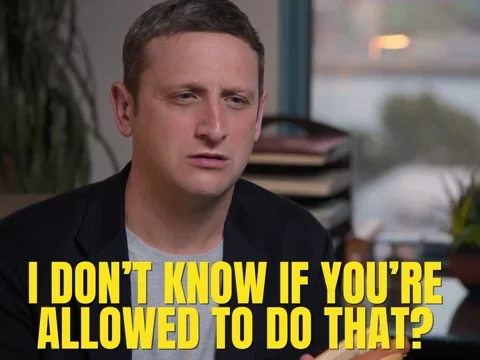
This logo isn't an ad or affiliate link. It's an organization that shares in our mission, and empowered the authors to share their insights in Byte form.
Rumie vets Bytes for compliance with our
Standards.
The organization is responsible for the completeness and reliability of the content.
Learn more
about how Rumie works with partners.
Have you ever experienced being fully engaged in the learning process?
Constructivism is an educational theory that promotes active participation and encourages personal interpretation in the learning process.
Based on the idea that individuals construct their understanding of the world through experiences and interactions, constructivism promotes hands-on learning and critical thinking.
 Photo by Element5 Digital on Unsplash
Photo by Element5 Digital on UnsplashTraditional Classroom vs. Constructivist Classroom
While constructivism may not be suitable for all classroom circumstances, and there are instances where the traditional approach is advantageous, it is generally recognized in contemporary classrooms as useful.

Traditional Approach
Must abide by the pre-determined curriculum.
Learning is based on repetition and memorization.
Students work alone.
Assessment is through testing and correct answers.
Text-book and workbook-based.

Constructivist Approach
Some flexibility with the curriculum based on the students' interests.
Learning is based on what students already know.
Students work in pairs or small groups.
Assessment includes all student work including testing, from beginning to end.
Varied sources of material, including manipulatives and real-world experience.
Let's dive in to give you some ideas on how to incorporate constructivism in your classroom.
1. Inquiry-based Learning
This way of learning could be a part of a larger project or a way to motivate students to learn about a particular topic.
Try this:
First, ask students to develop open-ended questions related to a specific topic.
Some examples of open-ended questions could be:
What are some characteristic features of ancient civilizations that intrigue me?
What is the underlying power of language?
What is the connection between the level of popularity and the quality of literature?
Then give them ample time to research and gather information to try and answer the questions.
Emphasize that the goal is to become an expert on the questions so that they can even teach it! Finally, have them present their findings to the class through a presentation.
2. Problem-based Learning
In this approach, students learn about a subject such as math, science, or social studies through discussing and solving real-world problems.
 Photo by Alexis Brown on Unsplash
Photo by Alexis Brown on UnsplashTry this:
Present students with scenarios related to the topic they're learning or let them find their own. They can work together in small groups or pairs to devise realistic solutions for the problems.
Some examples might be:
How to handle an invasive species
Find solutions for someone with financial problems
Help an entrepreneur who wants to start their own pizza restaurant but doesn't know where to start
3. The Freedom to Choose
As much as possible, allow students the freedom of choice, such as a choice of project ideas and roles under a particular topic umbrella. Students may take on a special role in the project based on their interests and aptitudes.

For example, one or two students might be outgoing and interested in public speaking and can present. At the same time, another might prefer to focus on note-taking, research, or writing and drawing.
4. Think-Pair-Share
In Think-Pair-Share, students learn to think things through and express their ideas with their peers.
 Photo by Mira Kireeva on Unsplash
Photo by Mira Kireeva on UnsplashTry this:
In this activity, you can provide the students with a question. First, your learners take a few minutes to think about the question by writing a response or sketching an image.
Then they can pair up with another student to discuss their answers and ideas around the question.
If you're a science teacher, here are some potential questions for your students:
Quiz
A first year geography teacher wants to teach her grade 9 students about the dangers of plastic in oceans. How should she approach introducing the topic to get their interest and attention? Choose the best answers.
Finding out what students already know about the topic, and watching and discussing a case study, which focuses on context, helps students identify with the issue.
5. Include your learners
Traditionally, the teacher is responsible for creating rubrics and classroom rules to give younger students a clear idea of expectations.

Following a more constructivist approach, you can work with your students to create a rubric for a project.
Also, when deciding on class rules and expectations, including students in this decision-making process is a good idea. Your students are more likely to uphold the classroom rules if they are involved in establishing them.
Some examples of student-established rules:
How to treat others
When it's okay to talk with your friends
When it's acceptable to use technology
Did you know?
Teachers Pay Teachers provides great (some free) ready-made resources for teachers in their classrooms.
Take Action
By implementing problem and inquiry-based learning, think-pair-share, flexibility, and choices, students can be motivated to fully immerse themselves in their assignments and projects. These experiences will be invaluable in preparing them for real-world scenarios.
 Photo by Brooke Cagle on Unsplash
Photo by Brooke Cagle on UnsplashThis Byte has been authored by
Sonia Kernan
Instructional Designer
BA., BEd.